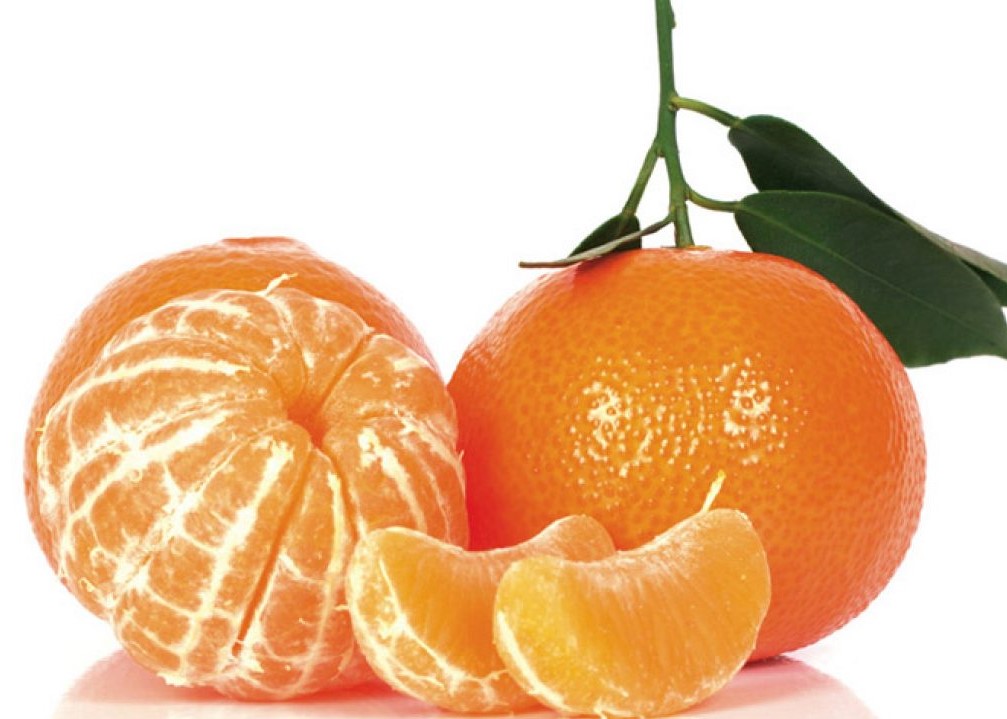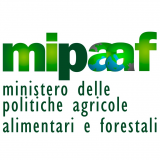
A cross between bitter oranges and mandarins, Clementines may have originated from Algeria. According to one of the most credible hypotheses, their name refers to Father Clément Rodier on Misserghin, who grew them in his orchard. Though grown in Italy since the 1930s, it was in 1950 that its cultivation became widespread in Calabria, where it found its natural habitat. The mild and regular climate successfully enhanced the extrinsic and intrinsic characteristic qualities of the fruit, which could ripen very early, at the beginning of October.
The product
Harvested from October to February, depending on the variety, they are almost aspermous i.e. seedless. Rich in vitamins, aromatic and very sweet, they are easy to peel as the skin is smooth and very thin. They can be eaten fresh or used for candied fruits, marmalade, juices, sorbets, desserts and liqueurs.
Clementines have a spheroid shape that is slightly flattened at the top and bottom, with minimum dimensions of 16-18 mm. The smooth, dark orange coloured peel encloses juicy and aromatic flesh. Thanks to its high vitamin C content, just a few fruits are enough to meet the daily requirements of an adult. Clementines are also rich in minerals, including potassium, which is essential for regulating water retention in tissues to ensure the heart functions correctly.
To protect and promote Clementine di Calabria IGP (Protected Geographical Indication), the Consortium for the Protection of IGP Clementine di Calabria was established, which is composed of producers who carry out their activities in this area in accordance with the methods set by the product specification. The consortium also strives to enhance local production and their region, thereby offering greater economic and working opportunities in the areas within the Calabrian district.
Production
The land best suited for cultivating Clementine di Calabria has a medium soil mixture with a silt and clay content of less than 60% and a calcium content of no more than 15%.The cultivation method permitted, in terms of volume, is “chioma piena” (full foliage), whereby the plants are arranged at rectangles.
The clementine plantations must be placed a suitable distance away from the mandarin groves to prevent cross-pollination and therefore the production of fruit with seeds. Pruning must be very well targeted, as the assurgent branches must not be trimmed, and only the excess branches should be cut back. The maximum unitary production permitted is 350 quintals per hectare for the whole cultivar. Clonal selection and bud mutations are permitted.
The local area
The areas with the greatest concentration of production are located in the plain region in Calabria: the Sibari Plain and Corigliano in Cosenza, the Lamezia Plain in Catanzaro, the Gioia Tauro-Rosarno Plain and Locride in Reggio Calabria.
Almost half of the land used for citrus cultivation in the region is concentrated in just 58 municipalities of Calabria.
By Consorzio per la Tutela delle IGP Clementine di Calabria with MiPAAF



